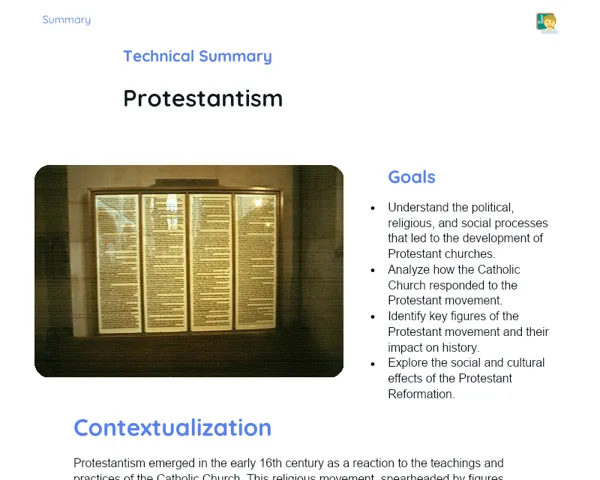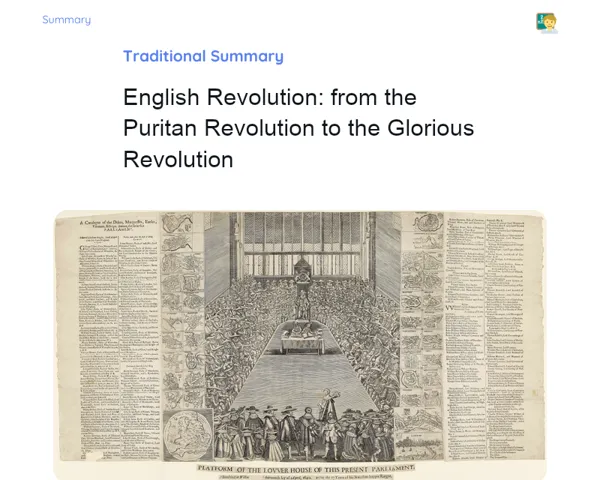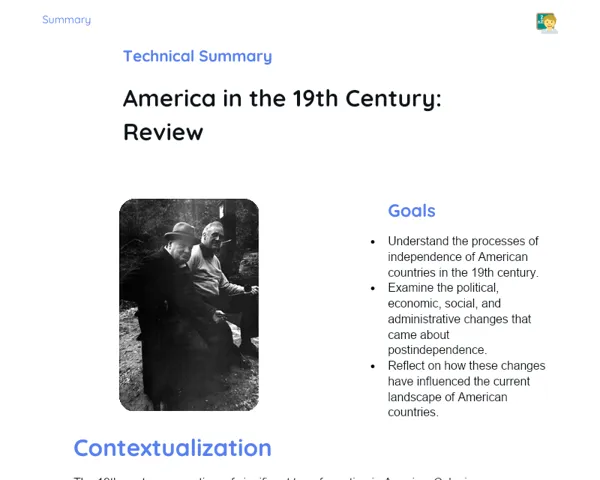Objectives
1. 🔍 Understand the fundamental characteristics that set ancient cities apart from contemporary ones.
2. 🌍 Explore the evolution of urban areas through history and recognize the factors that influenced their growth.
3. 🤔 Develop critical thinking and comparative analysis skills by investigating how social, cultural, and technological facets shape our cities.
Contextualization
Did you know that Mohenjo-Daro, located in present-day Pakistan, was one of the earliest planned cities in the world, dating back to around 2600 B.C.? This ancient urban hub had streets laid out in a grid system, sophisticated drainage, and a complex water supply network. Studying cities like Mohenjo-Daro helps us not just understand our past but also provides valuable insights for addressing today's urban planning hurdles. Get ready to dive into the riveting stories that have shaped cities over time!
Important Topics
Ancient Cities
Ancient cities are among the first notable urban settlements in human history, such as Ur, Babylon, Mohenjo-Daro, and Rome. These cities were not only cultural and trade centres but also labs for innovation in architecture, urban planning, and governance. For example, Mohenjo-Daro in the Indus Valley is hailed as one of the first planned cities with its straight roads and efficient drainage systems, showcasing a remarkable level of organisation for its era.
-
Urban Planning: Straight streets, well-structured drainage, and clearly defined public areas.
-
Cultural Centres: Hotspots for art, religion, and education.
-
Governance: Establishment of legal and administrative frameworks that influenced future cities.
Contemporary Cities
Modern cities have emerged through centuries of urban change and industrial growth. They are marked by significantly higher population densities, complex economies, and a variety of social, economic, and environmental challenges. Cities like New York, Tokyo, and São Paulo showcase the variety and vibrancy of today’s urban landscapes, grappling with issues such as pollution, social inequality, and the quest for sustainable urban planning.
-
Population Density: Clusters of people and economic activities in urban spaces.
-
Environmental Challenges: Dealing with air, water, and soil pollution, alongside climate change.
-
Innovation and Technology: Urban settings that are at the forefront of technological and economic advancement.
Comparison and Contrast
By examining both ancient and contemporary cities, we can highlight notable differences and unexpected similarities. For instance, despite the variations in time and technology, both face ongoing challenges related to urban planning, governance, and social harmony. This comparative study is vital for grasping how historical contexts influence our present and how lessons from the past can guide future city planning.
-
Infrastructure: A look at the evolution of transport systems, water supply, and sanitation.
-
Economy: Variations in the economic foundations of ancient versus modern cities and the role of globalisation.
-
Society and Culture: Shifts in social and cultural dynamics through the ages.
Key Terms
-
Urban Planning: The art of arranging and designing urban spaces for effective land use and creating sustainable communities.
-
Industrialization: An economic shift from agriculture-based systems to manufacturing and industry.
-
Globalization: The growing interconnectedness of economies and societies worldwide, driven by trade, communication, and technology.
For Reflection
-
How did urban planning in ancient cities shape the practices we use in modern urban design?
-
In what ways has industrialisation affected the growth of contemporary cities?
-
What environmental issues do today's cities face, and how do they compare to those faced by ancient urban areas?
Important Conclusions
-
We explored the origins of ancient cities like Mohenjo-Daro and Rome, uncovering how they laid the groundwork for the design and development of modern urban centres.
-
We examined the traits of contemporary cities such as New York and Tokyo, and discussed the challenges these urban spaces encounter, including population density, social inequality, and environmental sustainability.
-
We highlighted the significance of analysing both ancient and modern cities to deepen our understanding of the impacts of history, as well as social and technological changes, on urban planning and quality of life.
To Exercise Knowledge
Create a visual diary of cities: Select one ancient city and one contemporary city, then craft a visual 'diary' illustrating what a typical day in those places would look like at both points in time. Capture details around daily life, work, entertainment, and movement within the city.
Challenge
City Detective Challenge: Pick one ancient city and one contemporary city, and identify five characteristics you believe could distinctly classify each to its era. For instance, aqueducts might denote an ancient city, whereas tall skyscrapers could mark a contemporary one.
Study Tips
-
Utilise online interactive maps to explore the location and evolution of cities through the ages. This can help visualise urban transformations and clarify the influences of geography and culture.
-
Watch documentaries or read articles on urban archaeology and recent finds in ancient cities. These resources can provide deeper insights into the organisations and functionalities of cities.
-
Engage in discussions with friends or family about their perceptions of the differences between ancient and contemporary cities. Sharing viewpoints can enhance your understanding and gear you up for classroom discussions on the topic.



